World War II remains the biggest and bloodiest conflict in human history. Involving practically every major military power in the world, the war took place across Europe, East Asia, and even Africa. It resulted in the deaths of millions, the near genocide of the European Jewish population, a reshuffling of military power, and an utter flattening of most of Western Europe. War inspires innovation too, however, and many inventions were urged on by the fight. For such a wide, expansive, and multifaceted war, it’s no surprise that there are many things you did not know about WW2.
In war, the opposing sides will employ just about anything to edge out the competition. When the stakes are that high, even the wackiest ideas gain a sense of legitimacy. Furthermore, such a large war manifests anomalies like bear soldiers, soldiers who never surrender even after decades, and close brushes with death for people who later become world-famous figures. In this article, we will explore 25 things you did not know about WW2.
To compile a list of things you did not know about WW2, 24/7 Tempo consulted a range of history, military, and entertainment sources including Sky Channel History, HistoryExtra, and Britannica.com. Next, we selected facts that highlighted the unique weapons systems employed, the anomalous battles and soldiers, and other little-known facts. After that, we confirmed aspects of the facts using sites like Time Magazine, Britannica.com, and History.co.uk. (For fictional interpretations, explore the best movies about World War II of all time.)
A Prophecy of War

One of the things you did not know about WW2 happened decades earlier. Though the First World War was called “The War to End All Wars,” not everyone believed that to be the case. Take Ferdinand Foch, a French Army commander, for example. After signing the Treaty of Versailles, Foch said, “This is not peace. It is an armistice for 20 years.” His prediction was only off by 65 days.
Gandhi and Hitler
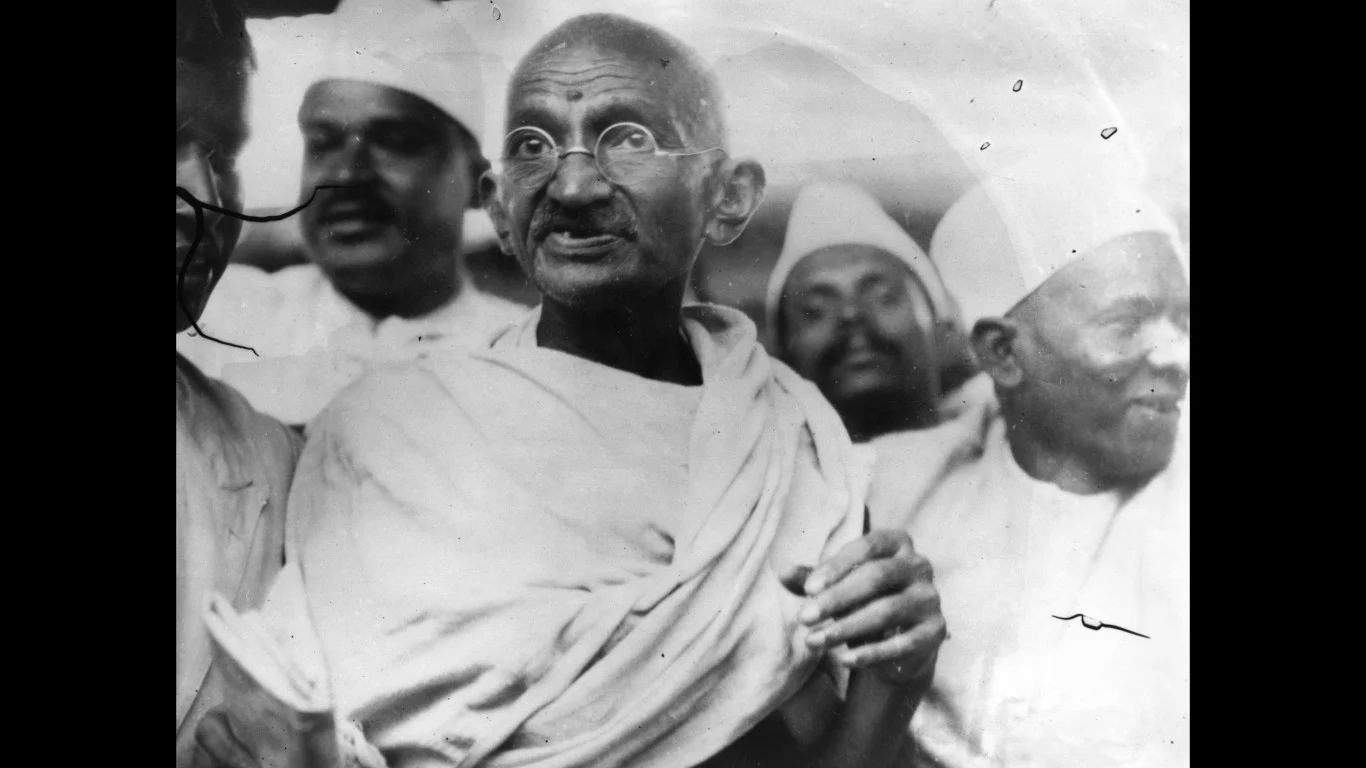
Since studying in London earlier in life, Gandhi developed a deep fondness for Europe and the European experience. In his waning years, the legendary peacemaker wrote a letter to Adolf Hitler, addressing him as a “dear friend” and pleading with him to stop the war. He assumed the only God Hitler believed in was the one of brute force and merciless determination, but he figured it was worth at least a shot. The message, however, fell on deaf ears. It’s unclear if Hitler even received the message, but he didn’t reply.
The Polish Bear Soldier

Another one of the things you did not know about WW2 concerns a particularly furry soldier in the Polish Army. After a company of Polish soldiers were evacuated from the Soviet Union, they found themselves headed towards Iran. Along the way, they befriended a Syrian brown bear. Naming him Wojtek, the troops formally enlisted him as a private in the army. The bear stuck with them even after they traveled to Italy. To pick up the slack, his fellow soldiers tasked Wotjak with carrying heavy ammunition. In the process, this bear soldier became a legend among his fellow soldiers and a celebrity among Allied forces. Wojtek survived the war and lived out the rest of his life peacefully at the Edinburgh Zoo in Scotland. He passed away in 1963.
The Last Japanese Holdout

During WW2, the Japanese earned a reputation for their fierce determination. No one exemplified this better than Teruo Nakamura. An indigenous Taiwanese soldier, Nakamura joined the Japanese military at the beginning of the war. Later, he fled into the Indonesian jungle with fellow soldiers while the Allied forces overran the island during the Battle of Morotai. While the Allies captured the island, Nakamura hid in the jungle for a long time. So long, in fact, that by the time he was found in 1974, the war had been over for nearly 30 years. Somehow, Nakamura survived, subsiding on whatever food he could find.
Night Witches
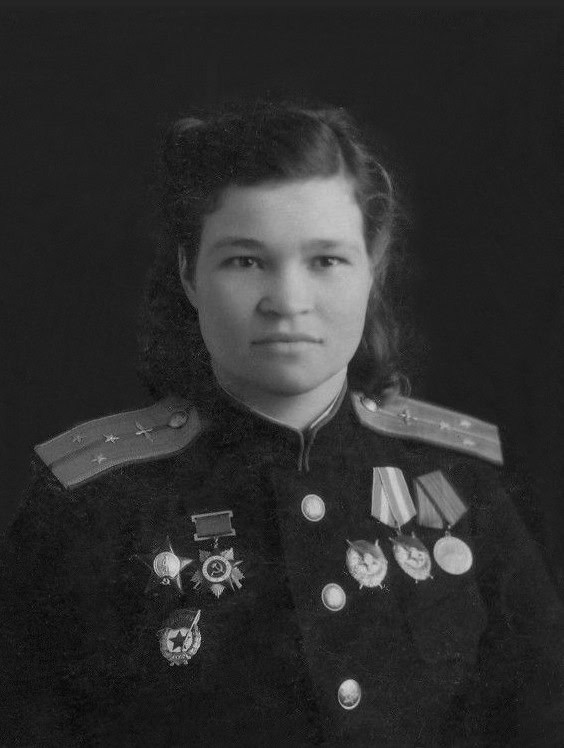
Another one of the things you did not know about WW2 involves the Soviet Union’s use of female pilots. This regiment flew nighttime raids against German military targets. To effectively conduct these raids, the female unit would cut their engines before reaching targets to camouflage their attacks, gliding into German cities as they struck. Germans on the ground thought these engine-less raids sounded like broomsticks, so they nicknamed the unit the “Night Witches.”
Rat Bombs, Bat Bombs

As it was the largest conflict in Human history, different countries dreamed up increasingly bizarre weapon technologies. At one point, the United States experimented with bat bombs. These bombs contained bats in thousands of compartments, each hooked up to timed incendiary bombs. From there, the bombs would drop on Japanese cities, releasing the bats to take refuge in various paper and wood structures in the cities. Then, the incendiary bombs would go off, destroying buildings that airplanes had trouble reaching. It’s unclear, however, if this experiment ever came to fruition.
The United States wasn’t the only country to experiment with wacky munitions. The British formulated rat bombs, which amounted to a dead rat stuffed full of explosives. These rats were to be hidden in German coal bunkers, eventually thrown in the furnace, and set off a massive explosion. This experiment quickly failed, however, after the first shipment to the frontlines was immediately discovered by German troops.
The Battle of Castle Itter
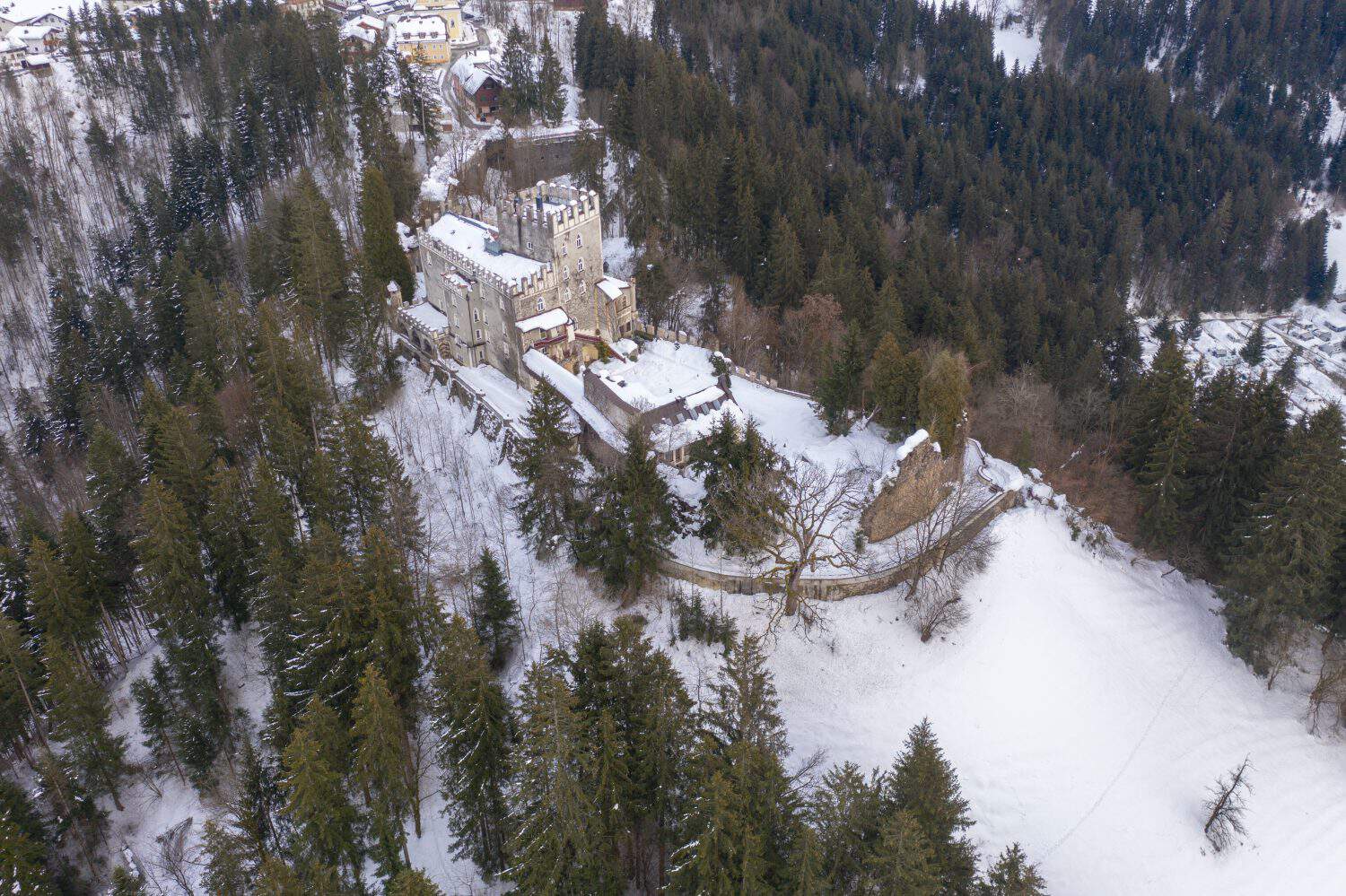
Be it the fog of war, collective human kinship, or something else entirely, The Battle of Castle Itter remains one of the strangest battles in WW2. Occurring in the final months of the European theater in Austria, the fight saw Allied forces and Wehrmacht soldiers teaming up to defend several high-profile French prisoners against an offending unit of the Waffen-SS. The SS eventually met defeat, and Allied forces liberated the prisoners. Furthermore, this battle occurred only a few days after Hitler committed suicide and only two days before Germany signed an unconditional surrender treaty.
Windtalkers

Another one of the things you did not know about WW2 involves the use of obscure languages. Due to the constant code-breaking by both sides of the conflict, the United States enlisted the Navajo Nation to help develop battlefield code. Important messages were delivered entirely in the Navajo language by men on each side of the radio. As it is a notoriously complex and obscure language, the United States considered it impossible to decipher. Furthermore, they believed that the Japanese had never even heard of Navajo, giving them an extra advantage. The movie “Windtalkers” starring Nicolas Cage, famously depicted this code tactic.
Small Acts of Resistance
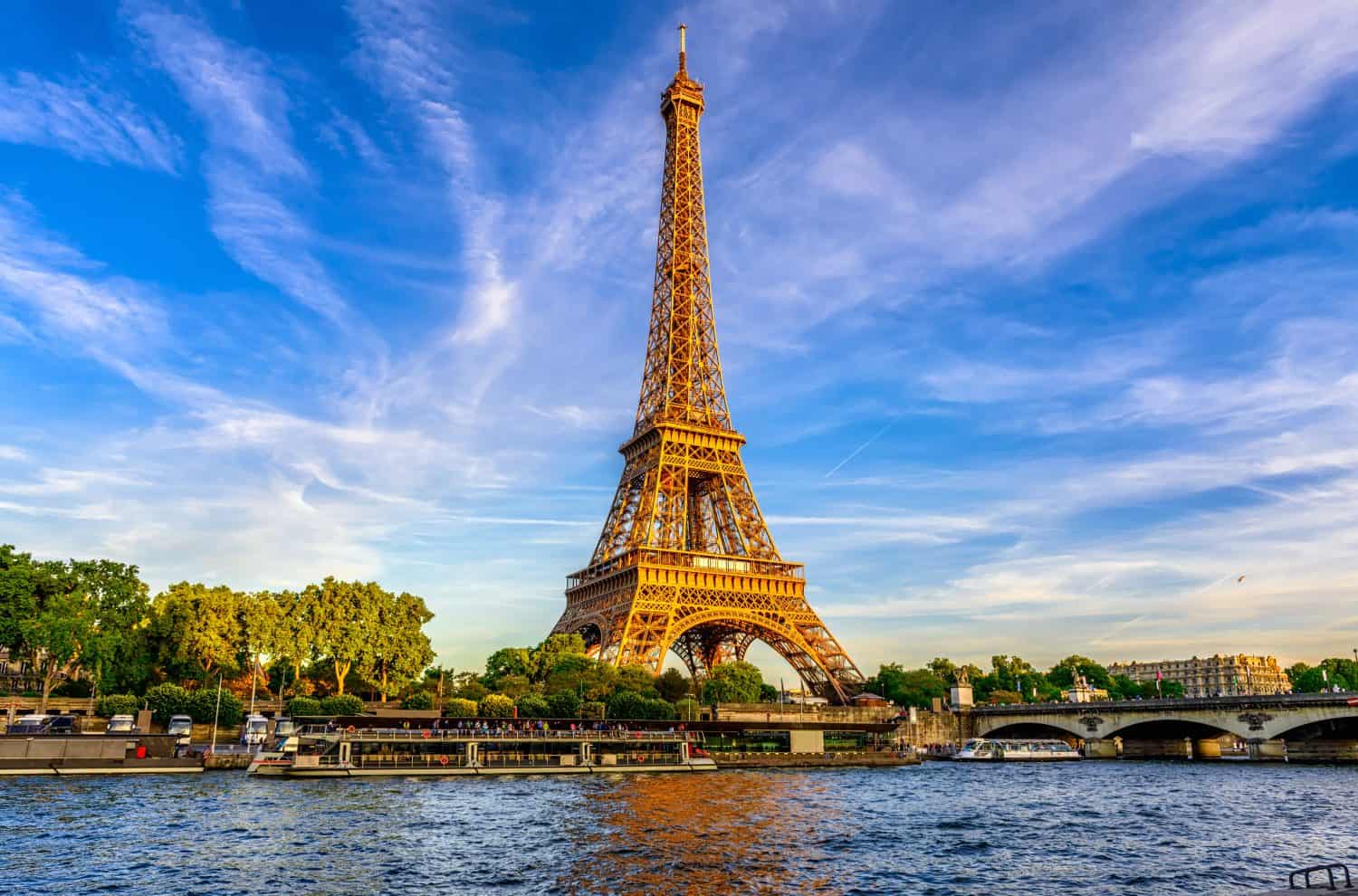
Another one of the things you did not know about WW2 concerns the different types of resistance employed by French citizens after the Nazi occupation of France. After Paris fell to the Germans in 1940, a small but fierce band of resistance fighters developed across the country. While they often fought German soldiers in the streets, not all their acts of resistance were major. Some, in fact, were quite petty. In one such instance, French resistance fighters surreptitiously cut the cables to the elevator that carried people up and down the Eiffel Tower. While it mattered little in the grand scheme of things, this forced German soldiers to take the stairs if they wanted to see the world-class view of Paris that the top of the Eiffel Tower offered.
Nazi Sun Gun

As previously mentioned, the different countries brainstormed a lot of unique weapons. On the German side, one such idea involved the use of a giant mirror. Called the “Nazi Sun Gun” by others, the mirror would aim at the Sun, refract the light onto enemy cities, and reduce them to ash. The Germans quickly scrapped the idea, however, as it would be impossible with the technology available at the time.
Lady Death
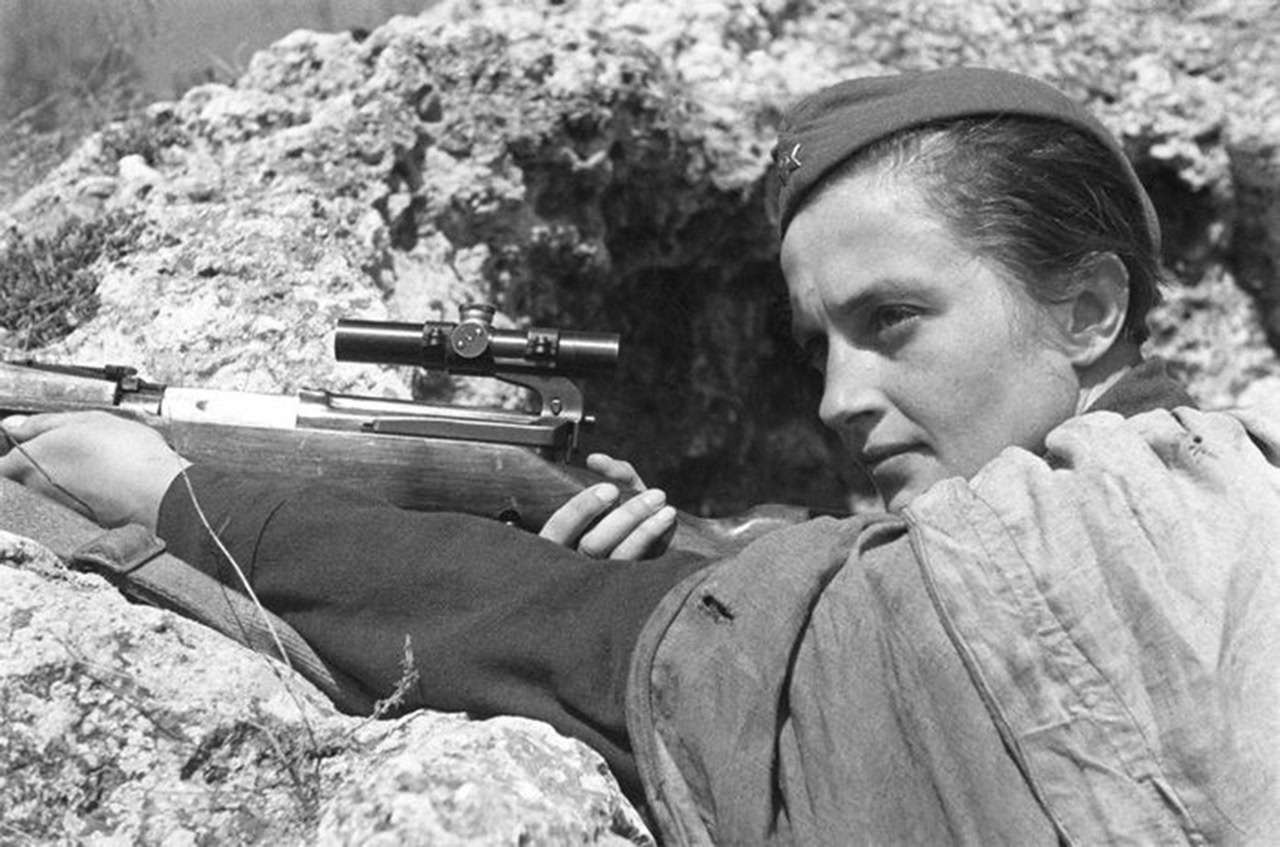
Another one of the things you did not know about WW2 involves the shooting merits of a female Soviet Union soldier. During her time in the Red Army, Lyudmila Pavlichenko became one of the top 5 deadliest snipers in world history. Nicknamed “Lady Death, Pavlichenko earned 309 confirmed kills with her sniper rifle. Though her kill count was probably even higher, her service ended after she was wounded by mortar fire and evacuated to Moscow. As a spokesman for Soviet military prowess, her country sent her on a world tour after her injury. Furthermore, after meeting with President Roosevelt, Pavlichenko became the first Soviet citizen received by a US President.
The American Ghost Army
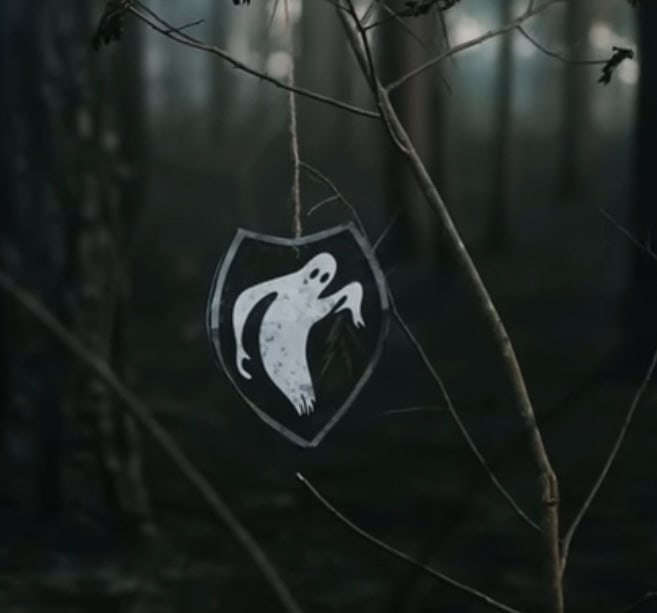
Another one of the things you did not know about WW2 involves the United States’ use of trick soldiers. Named the “Ghost Army,” the US created a 1,100-man unit of soldiers specifically tasked to mislead the German forces about the size and movements of the American military in Europe. During the “Ghost Army’s” tenure, the unit conducted over 20 deception missions. These included faking US radio transmissions misleading German commanders as to American troop movements and filling fields full of inflatable tanks and planes to confuse German troops. (For other secret missions, discover 24 famous undercover missions from World War II.)
Concentration Camps before the war
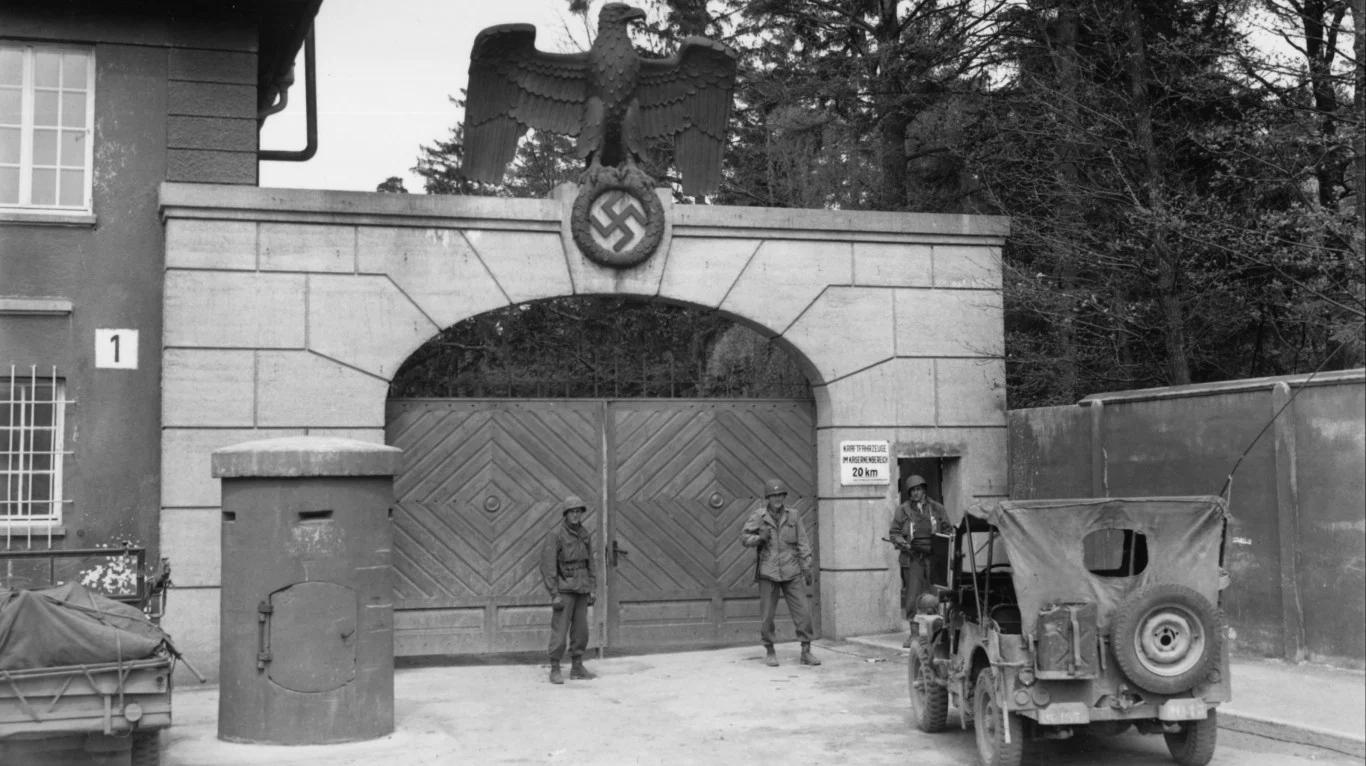
Another one of the things you did not know about WW2 concerns the German’s use of concentration camps. Though they became infamous during the war for their use in killing Jewish prisoners, the concentration camp strategy predated the war by nearly a decade. Dachau, the first German concentration camp, opened in 1933. It housed various dissidents, intellectuals, Romani gypsies, homosexuals, and the physically handicapped.
Superhero Logic
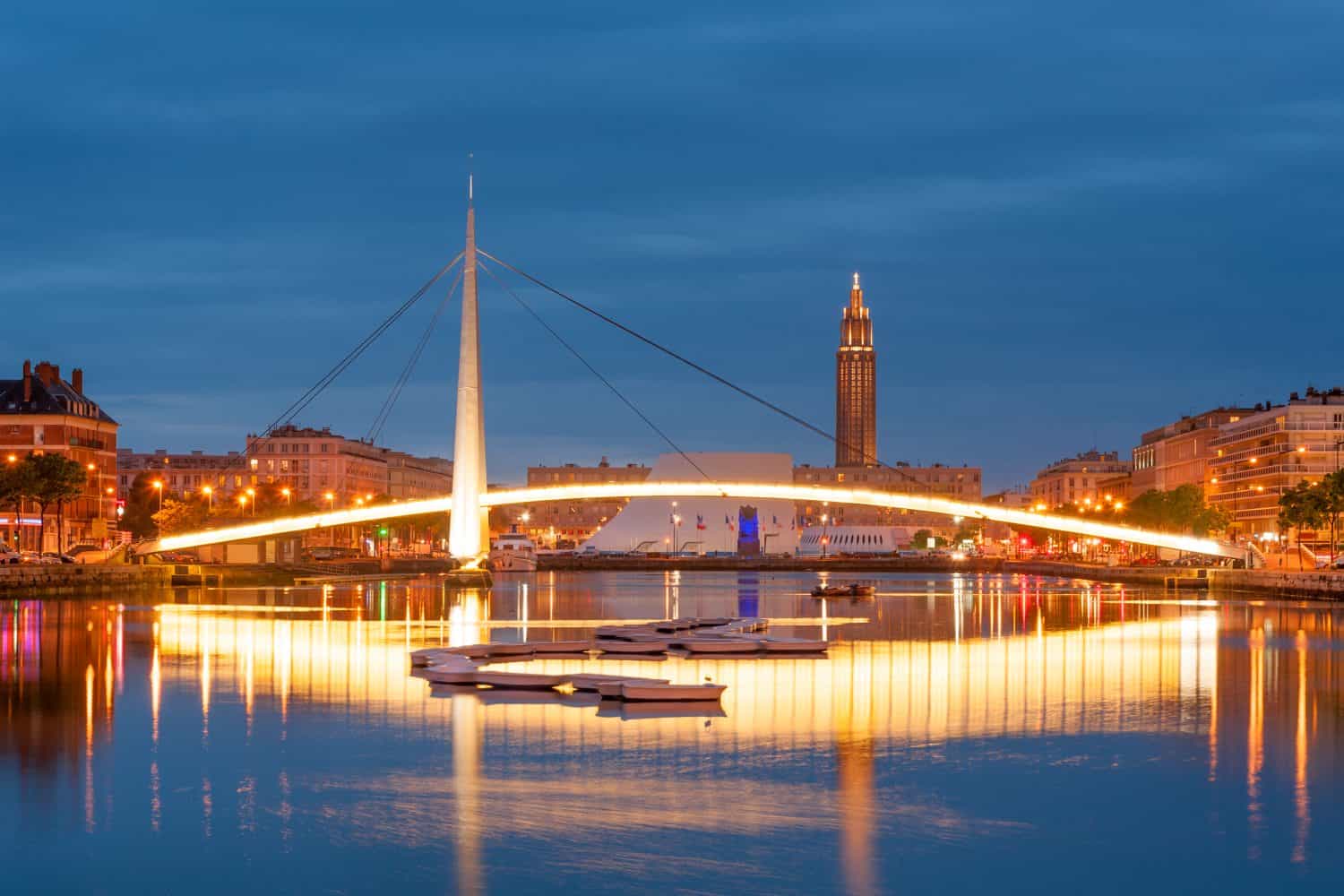
Another one of the things you did not know about WW2 involves the sheer destruction that the United States inflicted on France during the war. While Germany made the history books for its unprecedented invasion and capture of the French nation, the United States pulled the classic superhero move of destroying a place before declaring it saved. Throughout the war, United States forces dropped 500,000 tons of explosives on France. This is even larger of an ordinance drop than the Germans conducted on the UK during the blitz. During one unfortunate incident in the French city of Le Havre, the US killed 5,000 French civilians with its bombings.
Operation Cornflakes

During the war, the involved parties did practically anything to shore up their chances of winning. This includes psyops (psychological operations) and other morale-manipulating tactics. One such approach by the British, called “Operation Cornflakes,” involved the use of fake letters. The British addressed these fake letters to real people, before dropping them near bombed mail trains. From there, the Germans picked them up and delivered them to German citizens. Upon reading the letters, however, the depressing and fatalistic content was supposed to demoralize the German public. This failed to materialize, however, as the Allied forces had already bombed so many German towns and cities that most residents had long since moved away.
Operation Unthinkable
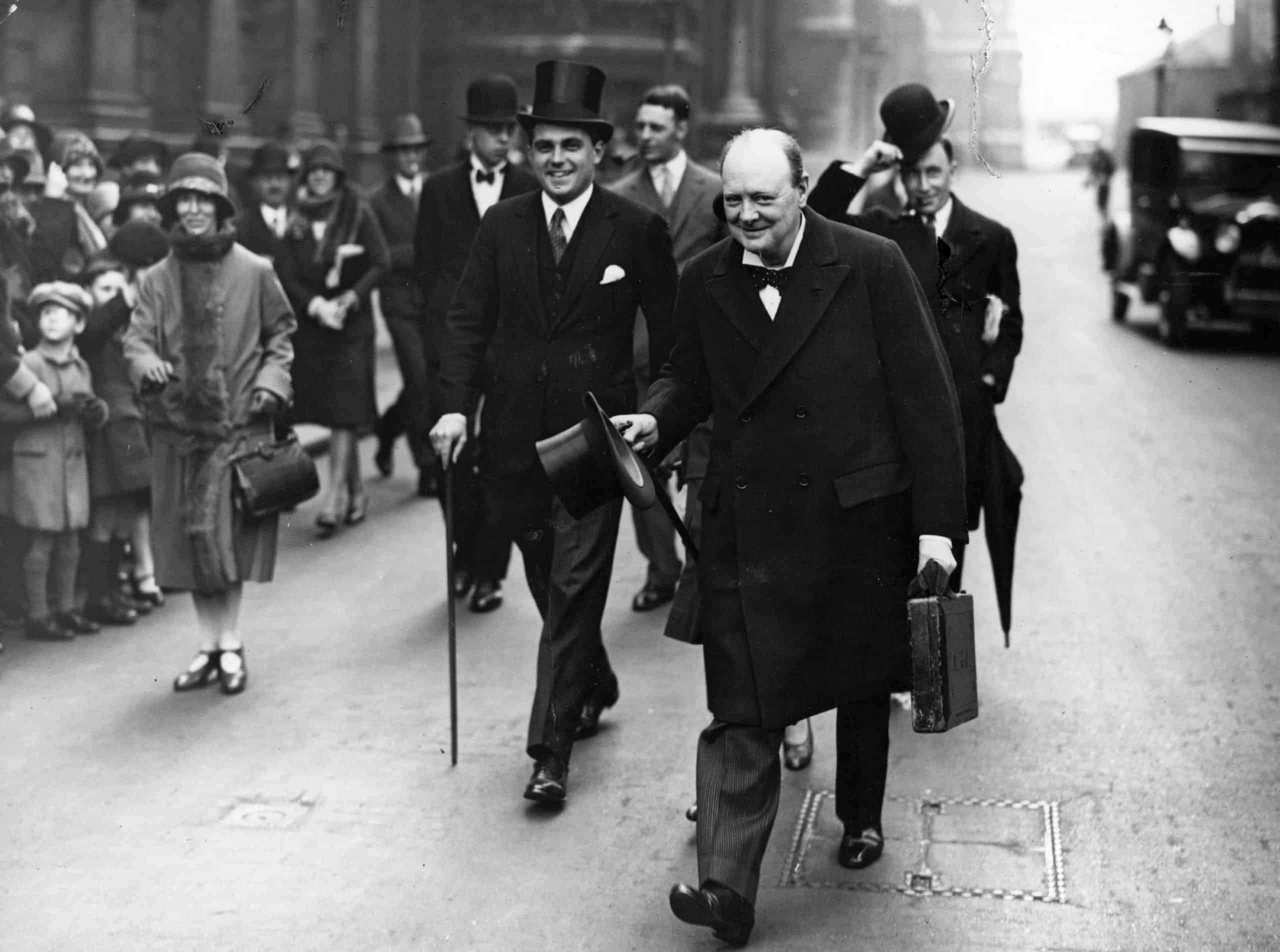
Another one of the things you did not know about WW2 concerns a special plan Winston Churchhill ordered near the world’s tail end. Called “Operation Unthinkable,” this plan analyzed the effectiveness of launching a surprise attack against Soviet troops stationed in Germany. Though it failed to come to fruition, the British considered the plan so sensitive it was not made publically available till 1998.
Anti-Tanks Dogs

Another fascinating, if not short-sighted tactic dreamed up by militaries during WW2 involved the use of dogs. The Soviet Union trained some 40,000 dogs to run under moving tanks. There, the dogs dropped time bombs, before running back to safety. Unfortunately for the dogs, however, the Soviets later replaced the time bombs with bombs designed to detonate on impact. This killed most of the dogs used for the maneuver.
Himmler’s Spa Day
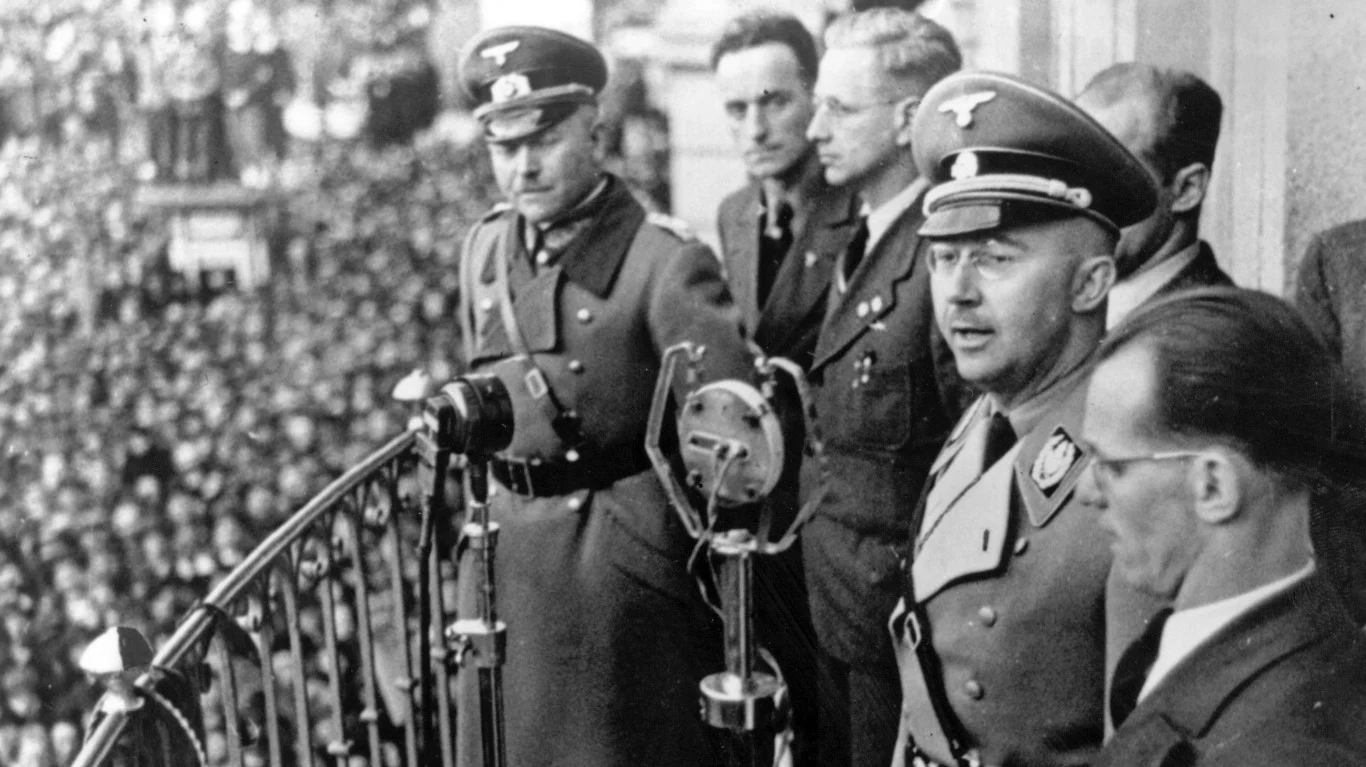
As one of Adolf Hitler’s earliest supporters, Heinrich Himmler rose through the ranks of the Nazi Party. Later, he became head of the Schutzstaffel (SS), before leading the 500,000-strong Army Group Vistula, created to protect Berlin. Himmler, however, was a morphine addict, and only worked a few hours a day. He preferred to spend the rest of the time resting or napping, never once visiting the front lines his troops were busy fighting at. After Allied forces overran Berlin, Himmler abandoned his post. From there, he fled to the Hohenlychen Sanatorium spa in an attempt to counter his stress. While there, he even attempted to negotiate a treaty with the Allies, though it did not find much success.
Pilot Training Fatalities

Another one of the things you did not know about WW2 involves just how many pilots died during air training. As one of the first world conflicts with massive air support, the different militaries rushed as many pilots as they could through training. Safety measures, however, were lacking, if not overlooked in the speedy rush towards world conflict. This oversight and impatience resulted in the deaths of over 15,000 pilots during training alone. Considering that 52,000 American flight forces died during WW2, this means that nearly 30% of deaths occurred before the soldiers ever saw combat.
Carrots for Good Eyes

While mothers have long since told their children to eat carrots for improved eyesight, this food myth originates in World War 2. The British Army developed a technology called RADAR to help pilots navigate and subsequently attack targets at night. Instead of calling it RADAR, however, they referred to it as carrots. Somehow, this came down through the decades as a method for improving eyesight.
One Man Army

Another one of the things you did not know about WW2 concerns an American soldier named John R. McKinney. During a bloody siege to recapture the Philippines from Japanese forces, McKinney became trapped behind enemy lines. There, he fought off 100 Japanese soldiers and lived to tell the tale. Though his name fell into relative obscurity over the ensuing decades, the United States recognized his heroism. On January 23, 1946, the United States awarded McKinney with the Medal of Honor for fighting with “extreme gallantry to defend the outpost which had been established near Dingalan Bay.“
The Voice-O-Graph

During WW2, many technological innovations were created. Not all of them, however, were strictly for weapons purposes. One such invention was the Voice-O-Graph. The size of a small broom closet, the Voice-O-Graph allowed anyone to enter its booth, pay 35 cents, and make their own personal recording. From there, the machine cranked out a personal record containing about a minute of crackly audio recording. During WW2, many soldiers employed the Voice-O-Graph to send personalized messages in their voices back home to loved ones. The Voice-O-Graph saw such success that people used them well into the 50s until more advanced recording hardware came to the surface.
V-mail

Another one of the ways soldiers communicated with loved ones overseas during WW2 was V-mail. Short for “Victory Mail,” this hybrid mail process allowed soldiers and family members to communicate across oceans with relative ease. To reduce costs and buff up security, the soldier’s letters would be first censored. After that, the contents were copied to film, before being printed again on paper once they arrived at their destination.
President George H. W. Bush near-death experience

Another one of the things you did not know about WW2 involves President George H.W. Bush’s near-death experience. Before he became president, Bush was an officer in the US Navy during World War 2. On September 2, 1944, Commanders sent Bush to fly in a strike over the Japanese island of Chichijim. Though tasked with destroying a radio tower on the island, Bush and fellow pilots came under Japanese fire. While he managed to strike the tower, he and his fellow servicemen had to eject from their planes to save their lives. He landed in the water, all alone, but came across a raft which he inflated.
Though the wind pushed him back towards Chichijim island, Bush desperately pushed against the current in the opposite direction. A little while later, an American submarine miraculously surfaced and saved Bush from certain death. His fellow airmen weren’t so lucky, however. Quickly captured by the Japanese, they were tortured and killed, with some reportedly even being eaten by Japanese soldiers. Later, Bush remarked on the incident. He said, “Why had I been spared and what did God have in store for me? In my own view, there’s got to be some kind of destiny and I was being spared for something on Earth… I think about those guys all the time.”
Japan and Russia
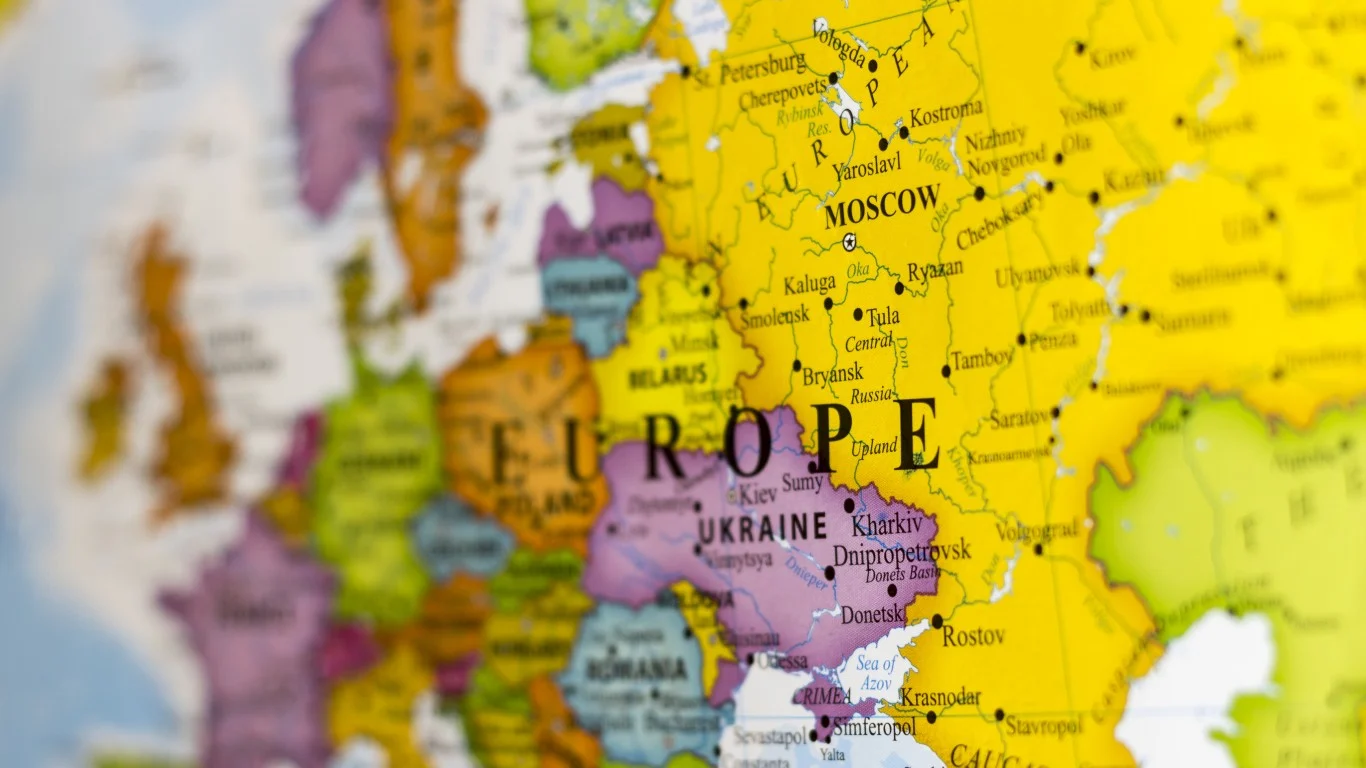
Another one of the things you did not know about WW2 concerns the relations between Japan and Russia. As the war came to a close, many of the once-enemy countries signed treaties effectively stopping the conflict and the related side-taking. While most countries like the United States and Germany signed peace treaties, Japan and Russia avoided such formalities. Furthermore, Russia refused to sign a peace treaty with Japan, opting instead to cease conflict with an armistice. Arguably, their conflict remains in play, as disputes over the Kuril Islands still prevent a formal peace treaty signing ceremony. (For other weapons that failed to meet their mark, discover World War II weapons that completely failed.)